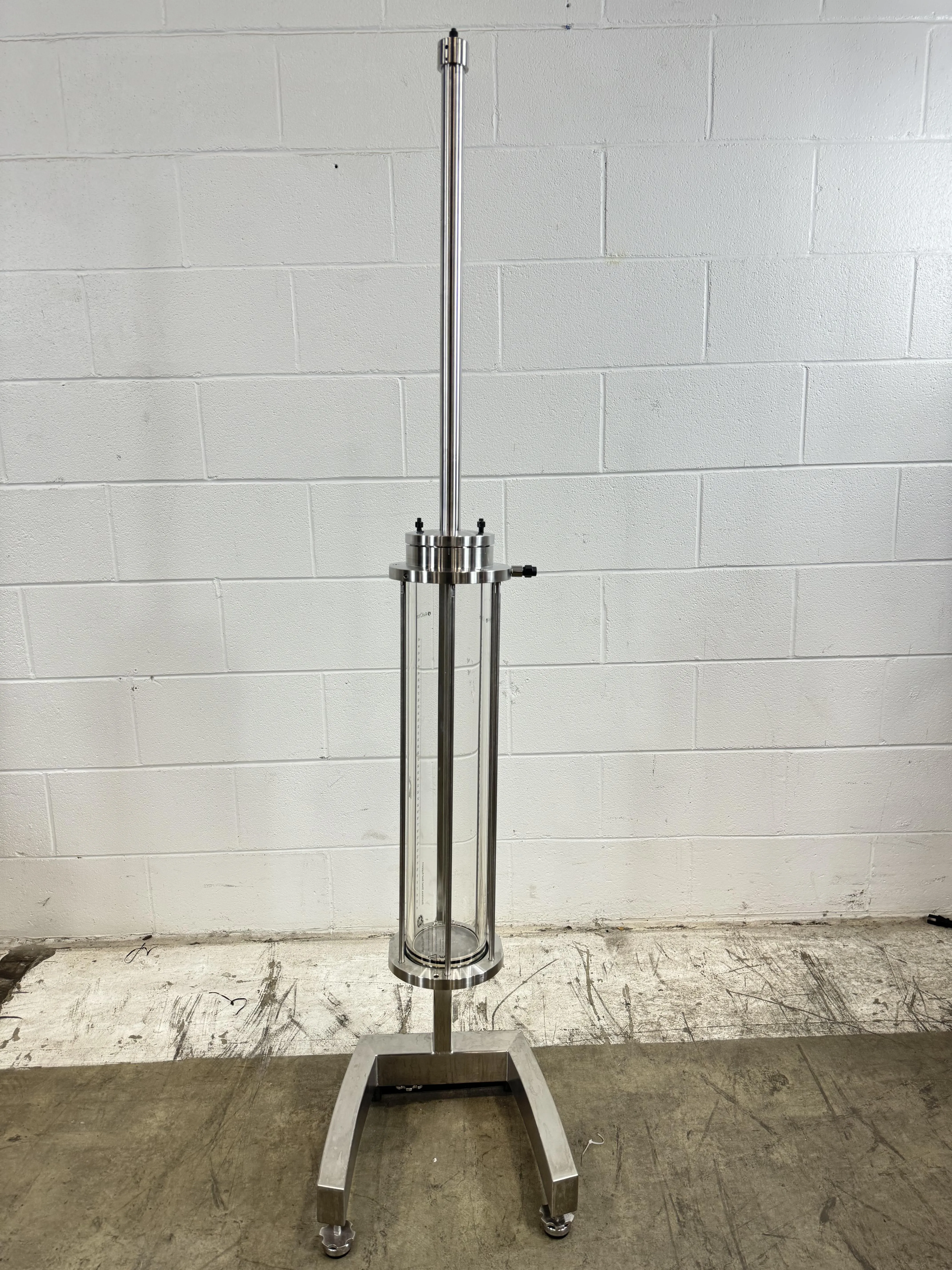Electrophoresis is a crucial technique used in laboratories for the separation and analysis of macromolecules, including DNA, RNA, and proteins. By applying an electric field, this method enables researchers to identify and quantify components in complex mixtures.
Electrophoresis is commonly employed in molecular biology, genetics, and biochemistry for applications such as genetic testing and protein purification. Our marketplace offers a wide range of new, used, and refurbished electrophoresis equipment from top manufacturers like Bio-Rad, Thermo Fisher Scientific, and GE Healthcare, available for direct purchase or quote requests.











